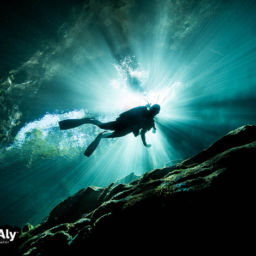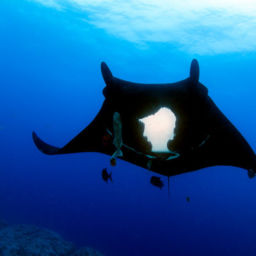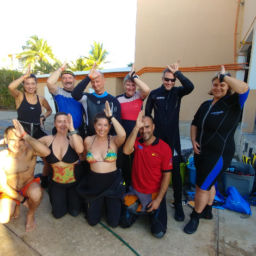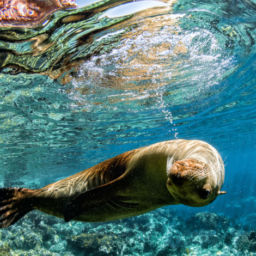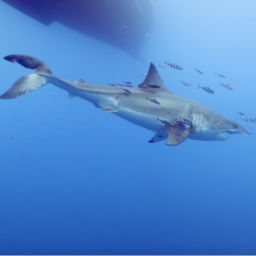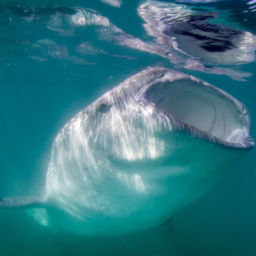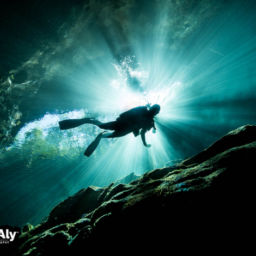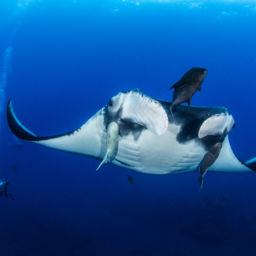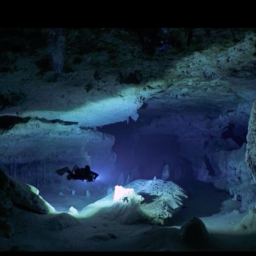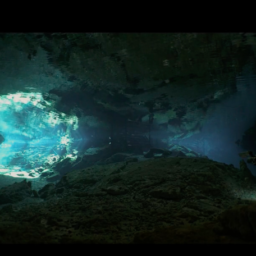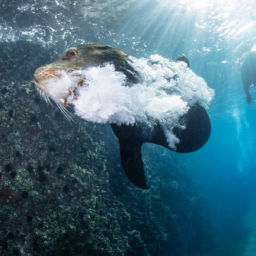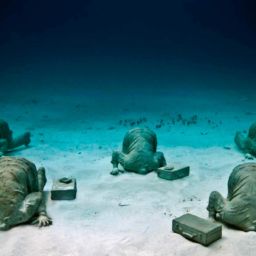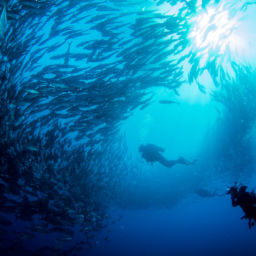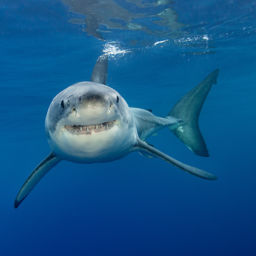Mexico has long been one of the world’s best dive destinations, with something to offer nearly every diver. This vibrant country offers colorful reef diving, world-class whale watching, and numerous types of shark encounters. There is something for both new and seasoned divers to enjoy, plus a range of shore and liveaboard diving options. In Part I of our series, we’ll cover Socorro Island, but no matter which area you choose, you’re bound to find a dive area you want to return to time and again.
Socorro Island
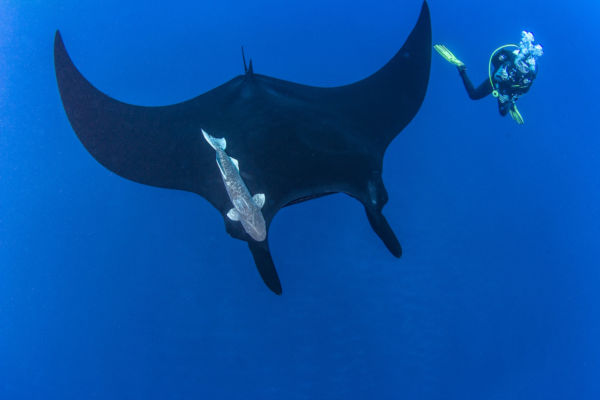
Socorro Island is the most famous — for divers, anyway — among the Revillagigedo Islands, which sit around 375 miles (600 km) off the country’s west coast, directly south of Baja California. Uninhabited Socorro is the largest of the Revillagigedo Islands, with an area of 51 square miles (132 km2), though divers will visit all four islands: Socorro, Clarion, Roca Partida, and San Benedicto.
In terms of geography, Socorro is a striking volcanic island, easily recognizable by its barren landscape. Small craters, lava domes and lava flows break up the island’s surface. Socorro doesn’t offer coral-reef diving, so don’t expect colorful dives. Instead, it’s all about ocean giants, including almost guaranteed manta sightings and possibly dolphins. You can also see plenty of sharks, including silky, Galapagos, whitetip and silvertip. Extremely lucky divers may also spot schooling hammerhead sharks.
San Benedicto Island
The most popular island for manta ray encounters, San Benedicto won’t disappoint. There is a famous manta cleaning station at The Boiler dive site, where you can get up close with giant Pacific manta rays. These graceful rays have a wingspan up to 26 feet (8 m) across and are quite curious, passing by divers at close range. While the manta rays are the main highlight, the underwater pinnacles in themselves make for beautiful diving.
Roca Partida
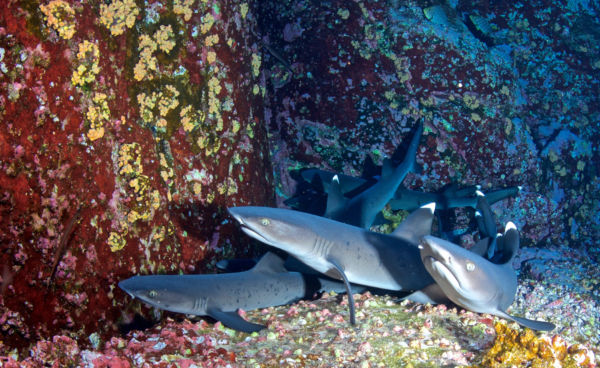
Roca Partida, the smallest of the Revillagigedo Islands, features a famed pinnacle that attracts large schools of tuna and jacks. But don’t forget to look closely — search the pinnacle crevices for small species and spend time peeking in the caves, often filled with sharks.
Clarion Island
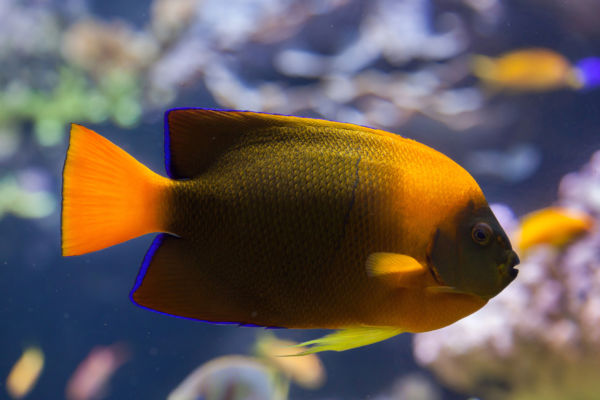
Made up of three volcanic peaks, Clarion Island is a little different from the other Revillagigedo Islands. It has its own angelfish, the Clarion angelfish, which divers can often see cleaning the larger pelagic species. Visit from January to April and you’ll likely see humpback whales passing by. There is a resident pod of playful bottlenose dolphins as well, and the dive sites are full of schooling fish, turtles, some silvertip sharks and maybe even an orca or two.
Who is the diving suitable for?
Being remote and wild, this destination is best suited to experienced divers. The currents can be strong, and the area is washed by big waves.
When is the best time to visit?
The best time to visit Socorro depends on your marine life preferences. You can see whale sharks during November and December, and humpbacks visit during the winter season until April. Bottlenose dolphins are present from January to March, and you can see giant Pacific manta rays all year.
It’s also worth considering your dive preferences and comfort at sea. November to May offers the calmest seas, and November also features the warmest water temperature at 82 F (28 C). February’s water temperature is a little cooler at 70 F (21 C), but it’s on the rise by May.
How do you get to Socorro Island?
Socorro dive cruises depart from two ports: Cabo San Lucas and San Jose del Cabo, both in the state of Baja California. The closest international airport is Los Cabos International Airport. The only way to experience the Revillagigedo Islands is via liveaboard.
This article was written by divers and writers at LiveAboard.com


